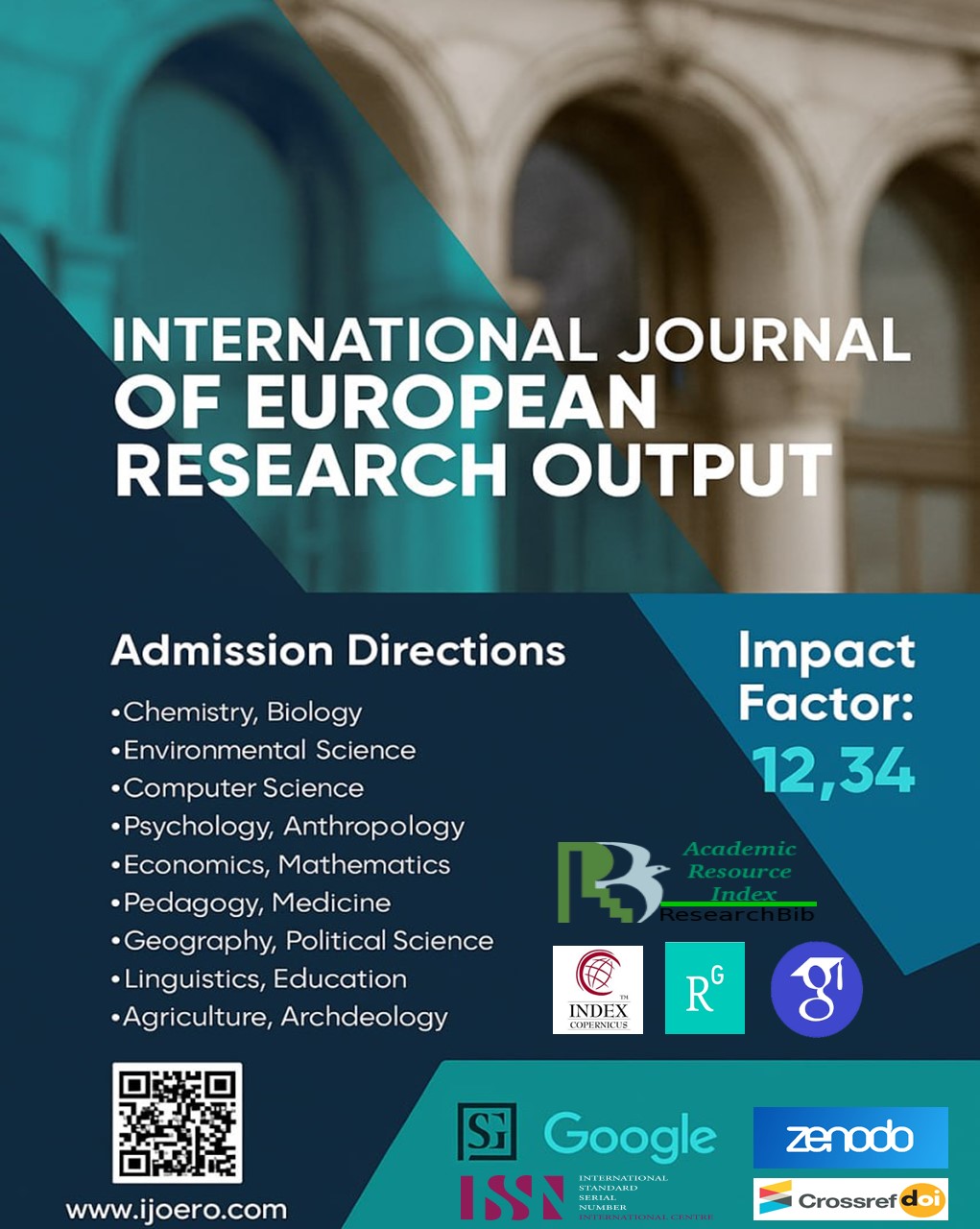DIFFERENTIAL EQUATIONS IN DETECTING ENVIRONMENTAL PROBLEMS AND POLLUTION
Main Article Content
Abstract
Environmental pollution represents one of the most critical challenges facing modern society, requiring sophisticated mathematical tools for accurate prediction and analysis. The research synthesizes findings from multiple sources to establish the theoretical framework and practical applications of differential equation models in environmental monitoring. Results indicate that differential equations provide robust mathematical foundations for predicting pollution trajectories, assessing contamination levels, and developing effective mitigation strategies. The analysis reveals significant correlations between mathematical modeling accuracy and real-world environmental conditions, though model limitations related to parameter estimation and boundary conditions require careful consideration.
Article Details
References
Chapra, S. C., & Canale, R. P. (2015). Numerical methods for engineers (7th ed.). McGraw-Hill Education.
Schnoor, J. L. (1996). Environmental modeling: Fate and transport of pollutants in water, air, and soil. Wiley-Interscience.
Domenico, P. A., & Schwartz, F. W. (1998). Physical and chemical hydrogeology (2nd ed.). John Wiley & Sons.
Seinfeld, J. H., & Pandis, S. N. (2016). Atmospheric chemistry and physics: From air pollution to climate change (3rd ed.). John Wiley & Sons.
Thomann, R. V., & Mueller, J. A. (1987). Principles of surface water quality modeling and control. Harper & Row Publishers.
Bear, J., & Cheng, A. H. (2010). Modeling groundwater flow and contaminant transport. Springer.
Murray, J. D. (2002). Mathematical biology I: An introduction (3rd ed.). Springer-Verlag.
Zheng, C., & Bennett, G. D. (2002). Applied contaminant transport modeling (2nd ed.). Wiley-Interscience.
Csanady, G. T. (1973). Turbulent diffusion in the environment. D. Reidel Publishing Company.
